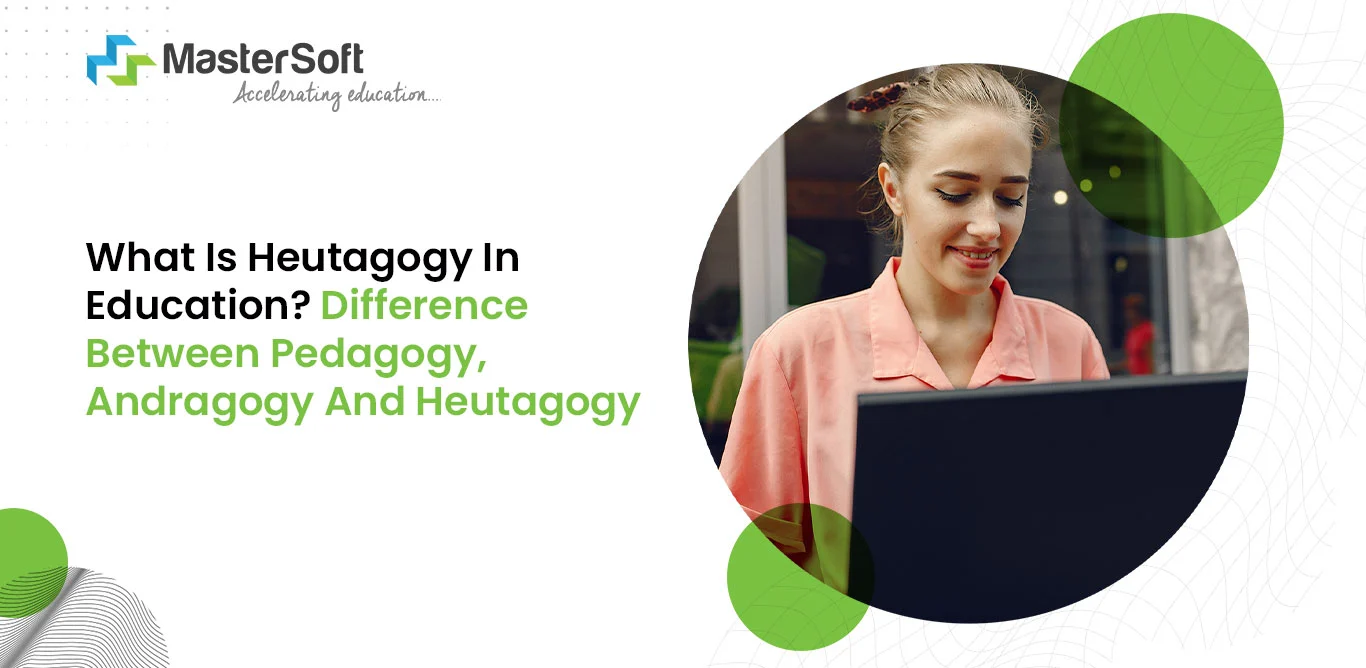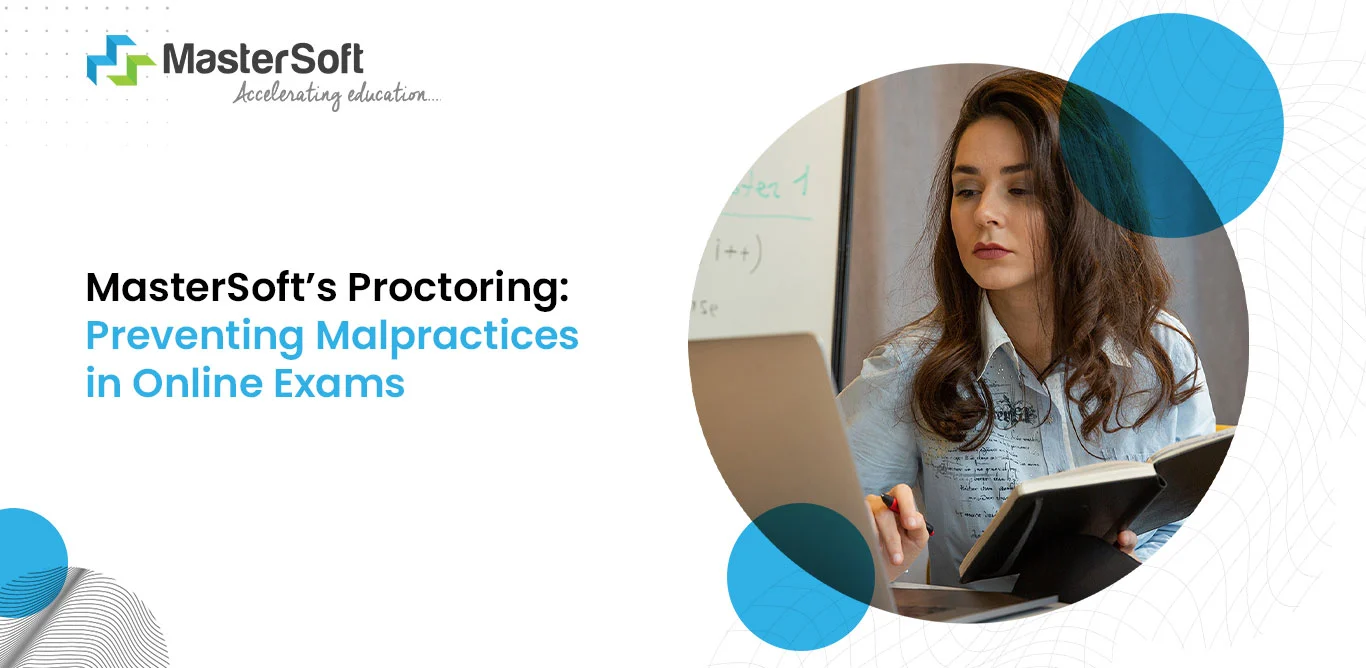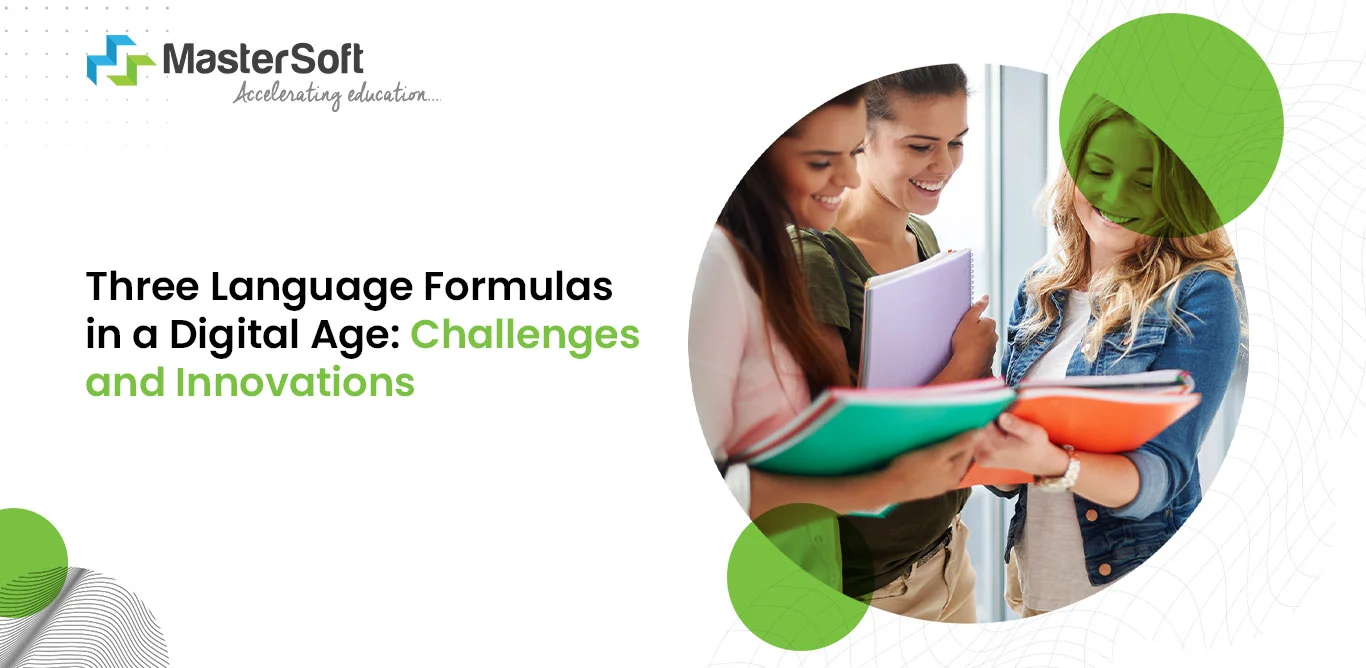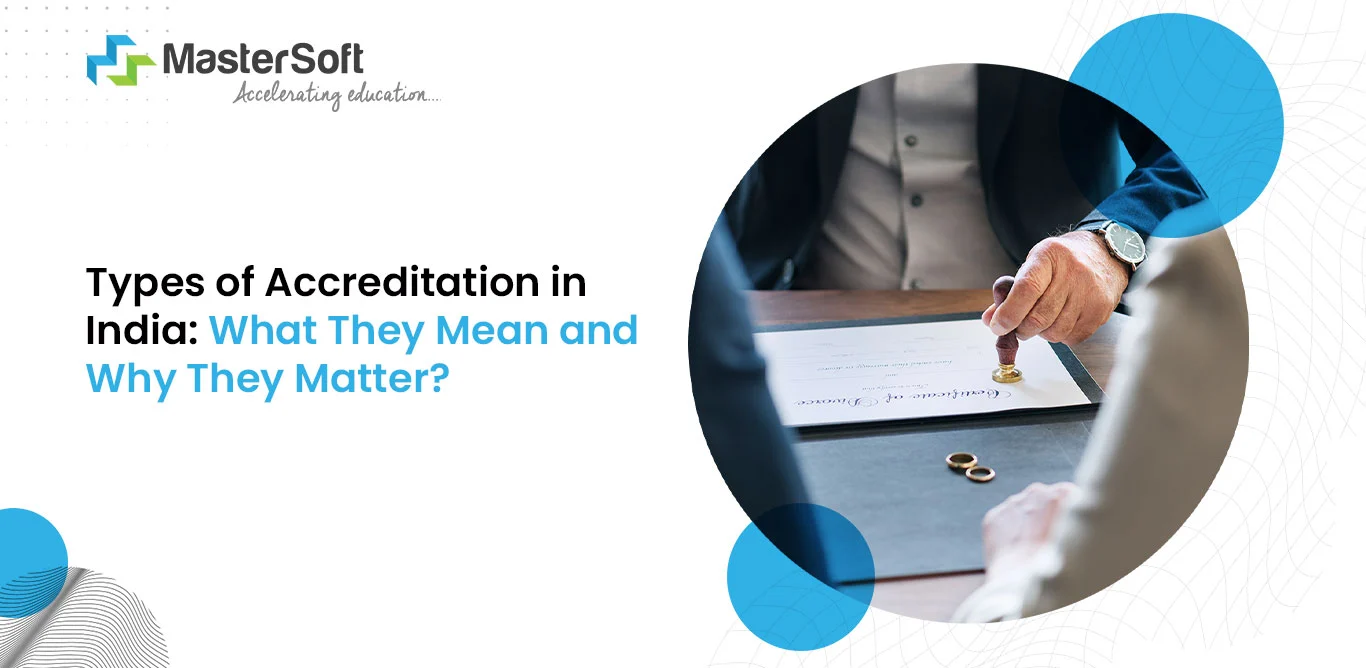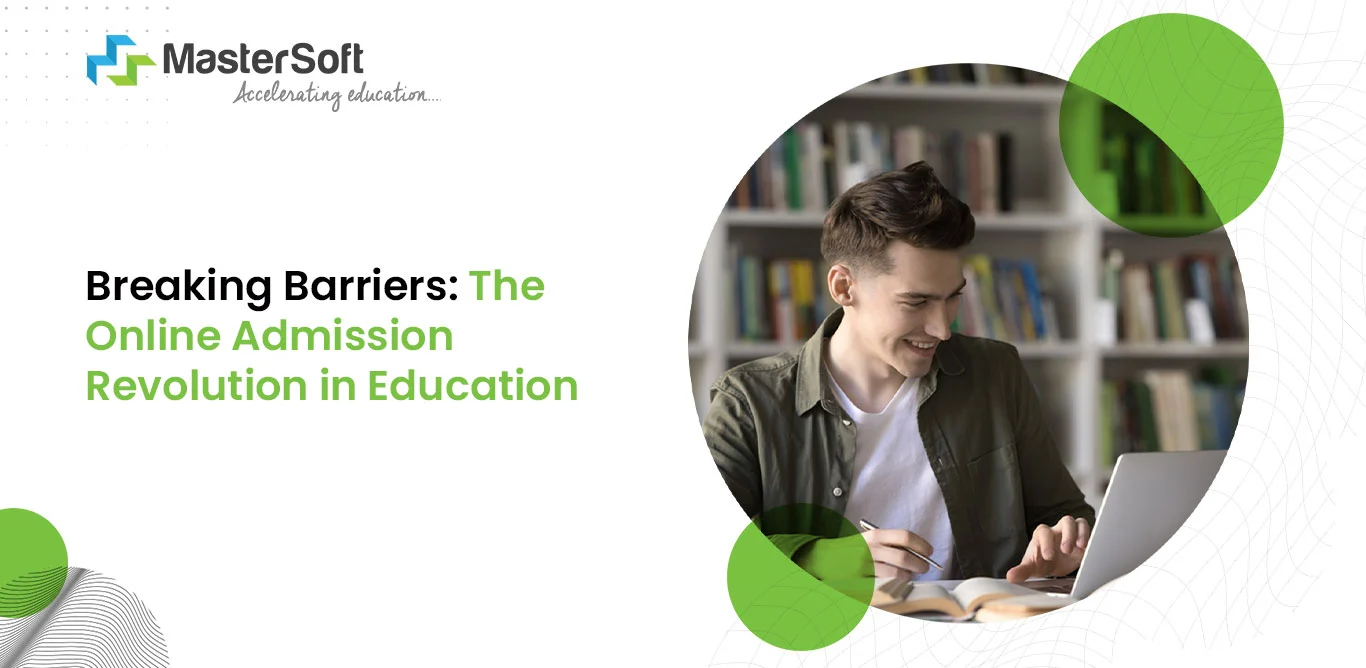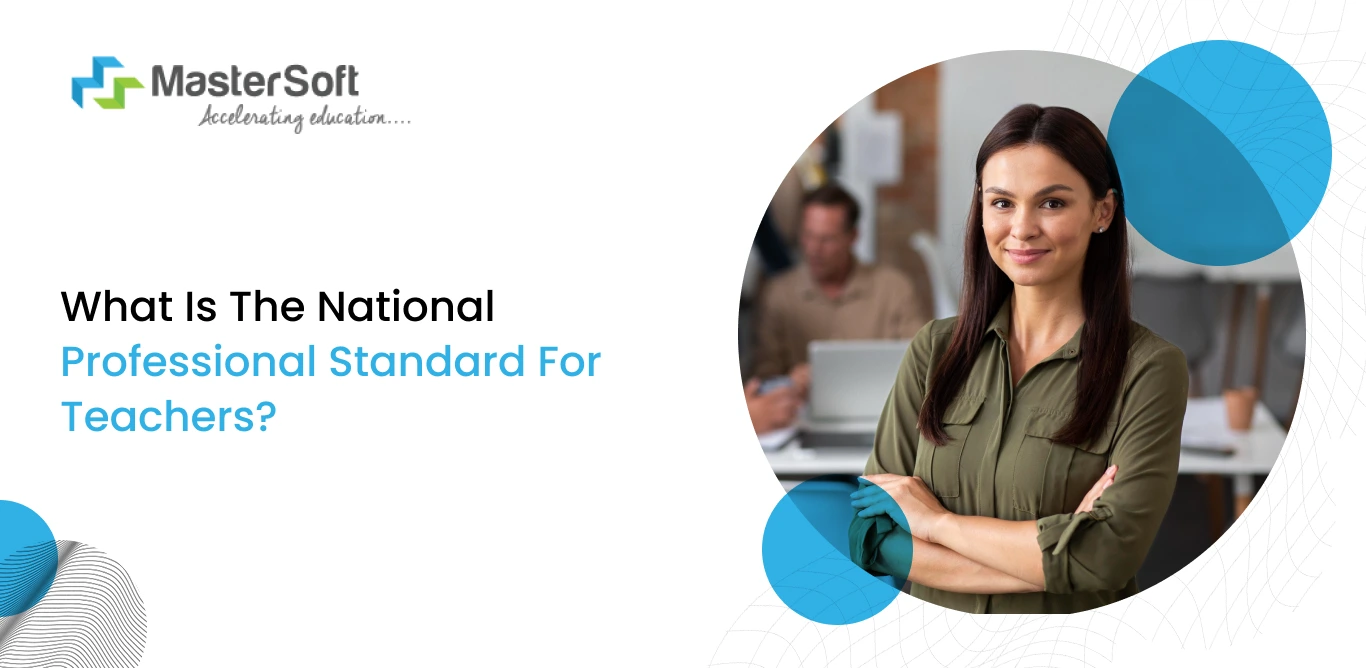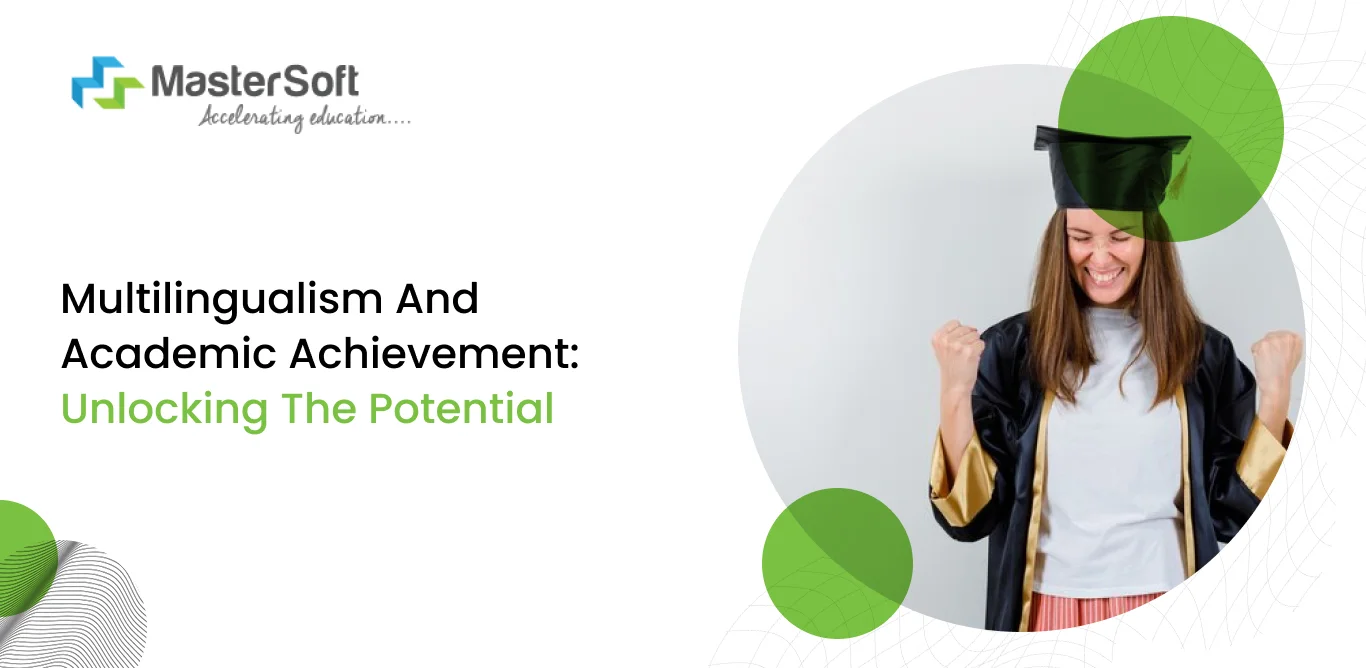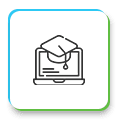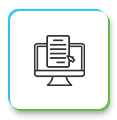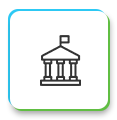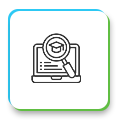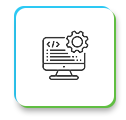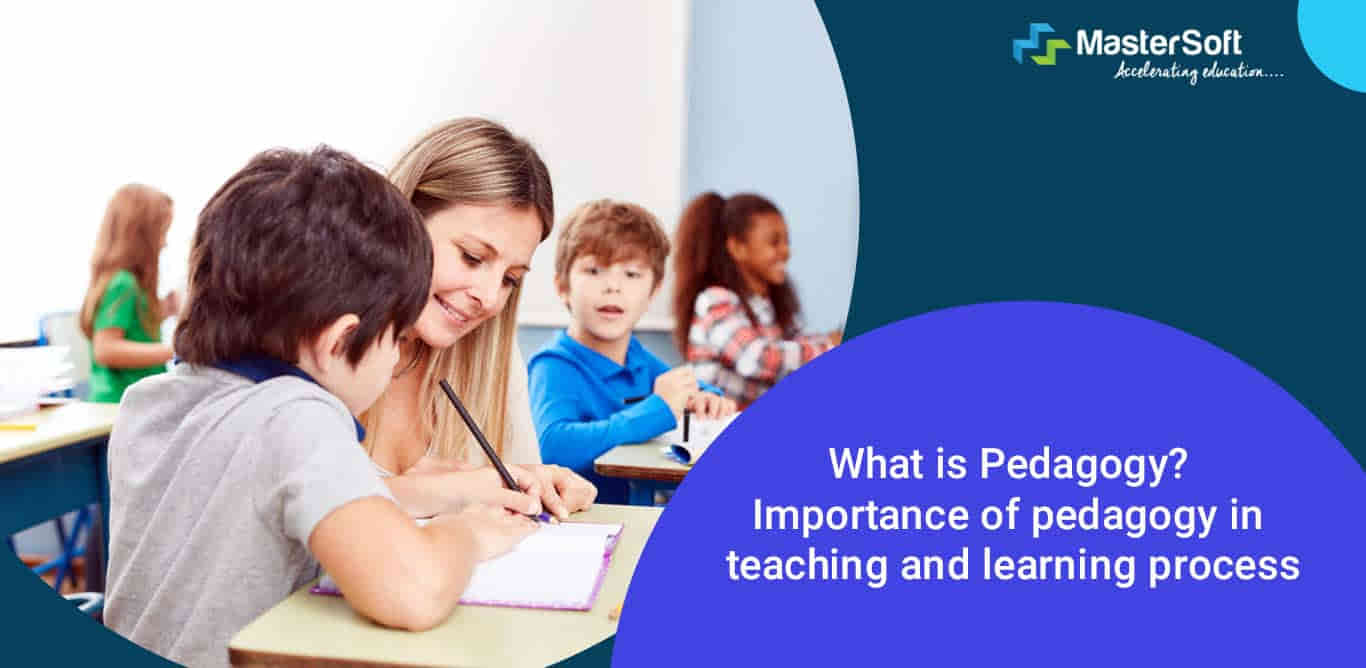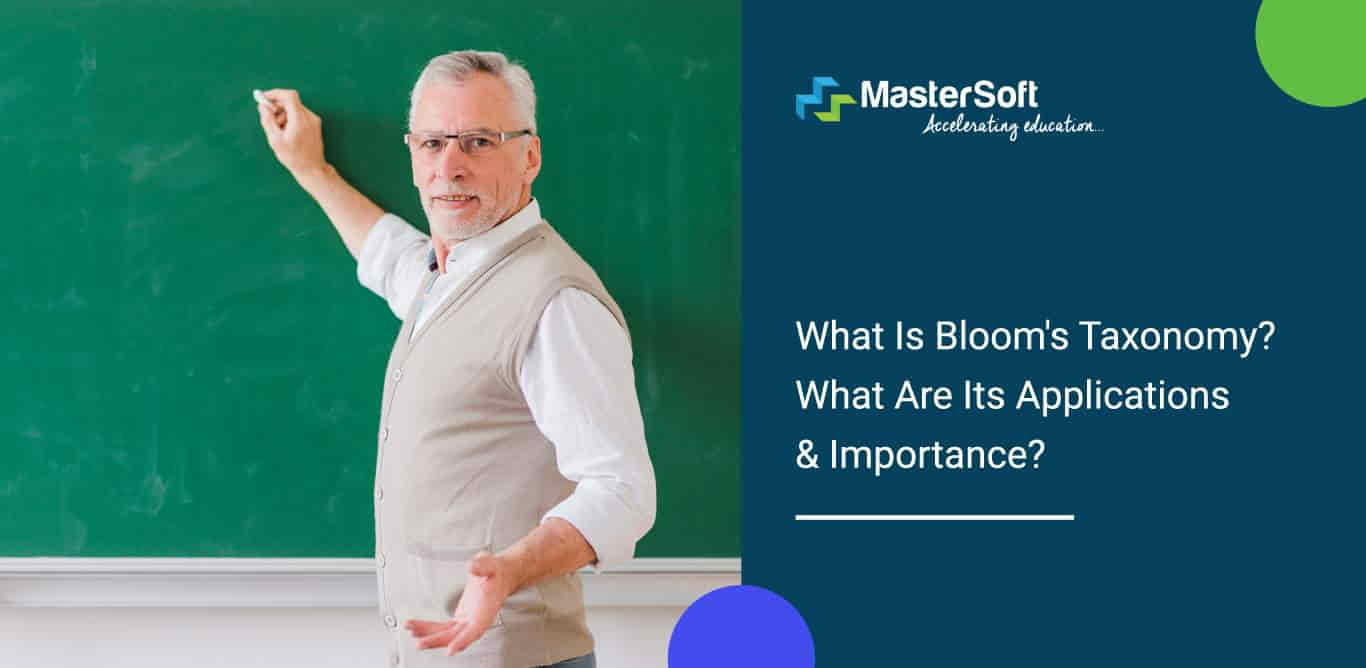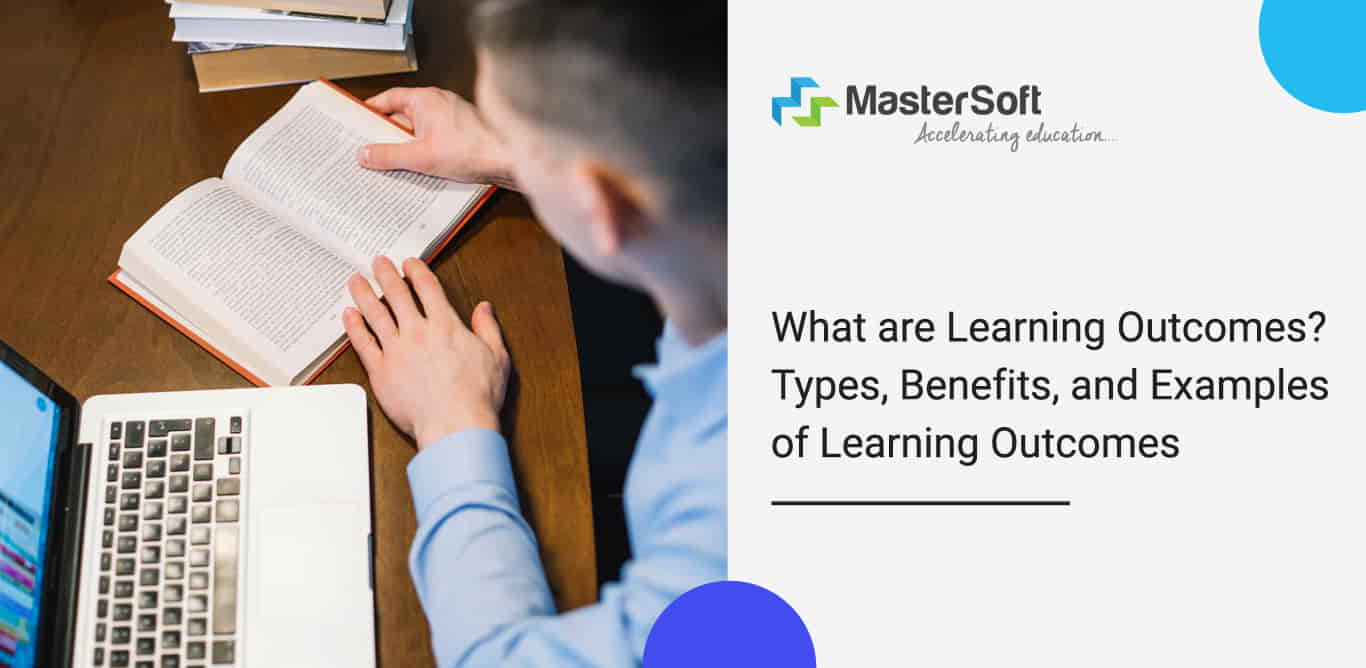19, March 2022
What is the Traditional Structure of an Educational System?
The traditional structure of the educational system has pre-defined norms, as per which the institutes and teachers facilitate learning. The structure entails instructors establishing an ecosystem where blackboard or teacher-centric teaching occupies significance. Meanwhile, students are supposed to follow whatever the instructors teach; despite including activities, there is no assured guarantee that everyone would participate.
Hence, years of following the same unproductive teaching techniques have urged institutes and teachers to adopt new methodologies. One of which is heutagogy, a strategy that is aimed to make learning a more individualised process so that students can attain independent thinking.
What is Heutagogy?
Heutagogy is a term derived from the Greek word ‘’heuriskin’’, which means to discover and also underlies the etymology of the word heuristic. The meaning of the heuristic is to enable someone to discover or learn something for themselves. Heutagogy is derived from the same Greek root and was coined in 2000 by Hase and Kenyon to indicate self-learning.
Heutagogy, aka self-determined learning, is a student-centred instructional methodology that focuses on the development of autonomy, capacity, and capability.
The traditional educational approach for the longest time focused on inculcating bookish knowledge, which the students may or not implement. The biggest disadvantage of this is unproductive learning, which only serves to harm the students in the long run. Mainly because whatever they learn during the classes, they fail to understand it, hence are unable to apply them in practical situations.
Heutagogy learning is unique and novel because it is neither planned nor linear. On the contrary, it is informal and parallel in respect to how people’s learning continues still after the class and outside the school setting. Although the teacher does not play a central role in this strategy, they serve more as a coach- a valuable resource.
Principles of Heutagogy
A large number of educators across the world studied the idea and components behind the strategy. In addition, many of them conducted experiments based on the concept; the following are the principles that underlie heutagogy:
1. Learner agency
The fundamental and central principle of the strategy is learner agency, according to which the student is the primary agent of his or her learning process. Hence, the learner makes his or her decisions, right from the important topics to cover, the process that is going to be used. They also decide whether the learning goals have been achieved and to what extent.
2. Self-efficacy and capability
Two other important aspects of this pedagogy include self-efficacy, which relates to the learner’s belief in his or her abilities. On the other hand, capability relates to the learner’s ability to demonstrate an acquired competency or skill in new and unique environments. The combination of both components has the potential to create transformational learning.
3. Metacognition and reflection
Are the students able to retain the information of whatever they have learned in and outside the classroom?
This component relates to the students’ ability to reflect, recollect and critically reflect upon what they have learned. Therefore, metacognitive skills are essential to the strategy, as it is a process of thinking about one’s learning.
4. Non-linear learning
The strategy provides the students with a variety of options based on which they choose their own paths, which is the definition of non-linear learning. The learner is responsible for identifying what needs to be learned and the process that they should follow.
5. Learning how to learn
Lastly, this component deals with learning the processes that the students need to use to learn new things or topics.
Difference Between Pedagogy, Andragogy And Heutagogy
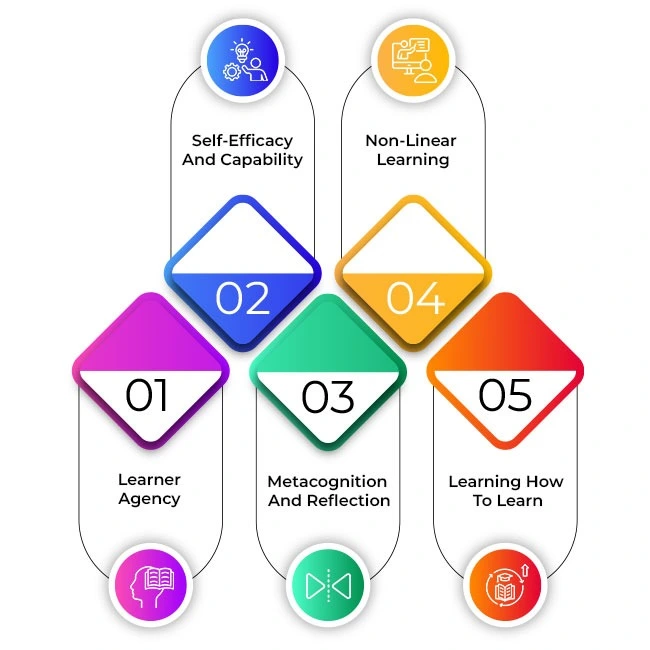
Humans have the inherent quality to learn by exploring developing hypotheses about how the world works. They learn by testing out theories, fail and succeed in different endeavours; by watching others, seeking knowledge and skills. But upon entering the formal school system and undergoing traditional didactic methods, students become passive learners.
Despite the rigid teacher-centric school and higher education curricula, learner skills are not lost, but an appropriate approach is needed to ensure active learning. One instructional approach that can be immensely helpful is the pedagogy andragogy and heutagogy continuum to aid in this goal.
Through this approach, learners can gradually shift from traditional pedagogical learning, transitioning through andragogical learning to finally become heutagogic or self-determined learners. Furthermore, teachers can use this to guide students from passive to active learning, helping them take more responsibility in their learning process. But embracing one’s own agency is not without obstacles, as lack of proper guidance and motivation is a persistent deterrent.
Hence, educators suggest that, while implementing the strategy, digital technology should be used to bolster the process. Also, teachers and institutes should provide appropriate support and guidance. This means using the approach as a scaffolding technique and helping students to break down difficult topics and create a self-dependent environment.
"What Is Pedagogy? Importance Of Pedagogy In Teaching And Learning Process
How to Apply Heutagogy in the Classroom?
1. Learner defined learning contracts
The first step includes teachers and students coming together to identify learning needs and learning outcomes. The learners need to be able to negotiate the learning process and content depending on what they want to explore and how they want to reach the outcomes. One way of facilitating the process is to have the learner review their unique context via questions such as:
- What does the learner want to learn or achieve?
- What results should we expect from the learning experience?
- What specific curriculum objectives are required?
Learning contracts help students to decide what they want to learn and accordingly shape their individual learning paths.
2. Flexible curriculum
To ensure the success of the heutagogical approach, institutes and teachers must enable the flexibility of the curriculum. In addition, it should include learners’ questions, motivations, and how thinking shifts as a result of what they have learned. They should be able to create a curriculum for themselves (under the guidance of teachers) that can integrate their individual needs.
The instructors need to establish a set of specific learning objectives based on which they will build their plans. But they will have the freedom to identify the processes in which they will learn; facilitating this personalisation can empower students and lead to greater student engagement.
3. Flexible and negotiated assessment
Instructional approaches without assessment are incomplete and the same goes for this strategy as well. But in heutagogy students do not require to undergo standardised tests; they develop their own assessments. It gives them the freedom to assign context, explore beyond the outcome and be creative. Consequently, this will enable them to demonstrate competency and skill.
4. Collaborative learning
Students would initially face difficulty regarding Heutagogy in education due to its independent nature, especially if they are not habituated to taking responsibility for their learning. Hence, teachers must encourage collaboration in the classroom to ease the transition in self-directed learning.
Moreover, the structure of the approach is designed for students to work together with others and enable the sharing of knowledge. This will help them to reflect on their progress and give them the opportunity to observe and learn others’ perspectives.
Collaborative learning help learners attain a common goal and solve problems together by sharing and reinforcing knowledge and skills.
Implement New Learning Approaches and Teaching Methods with MasterSoft
Mobile: 08448010216
Email:info@mastersofterp.com

